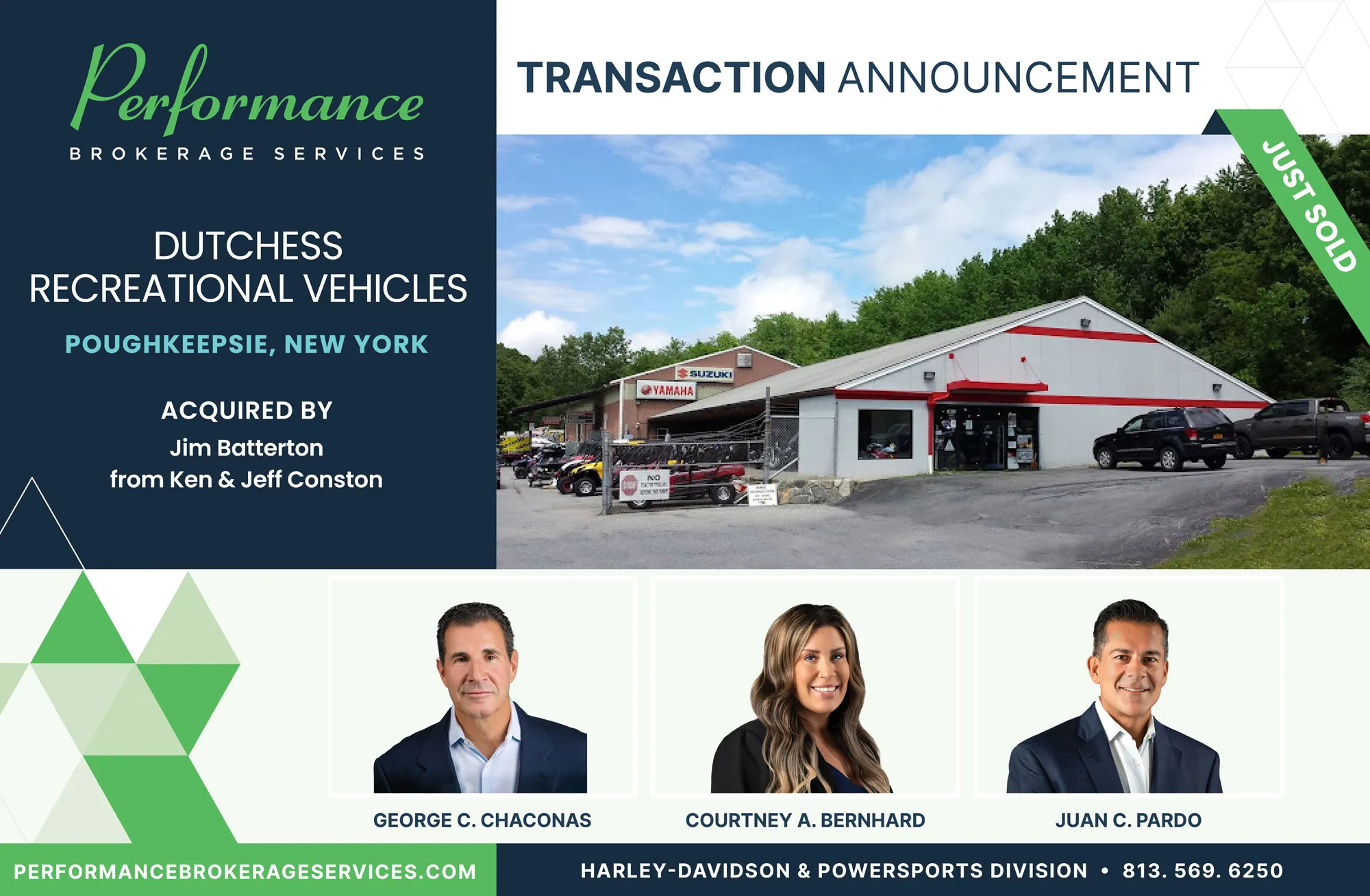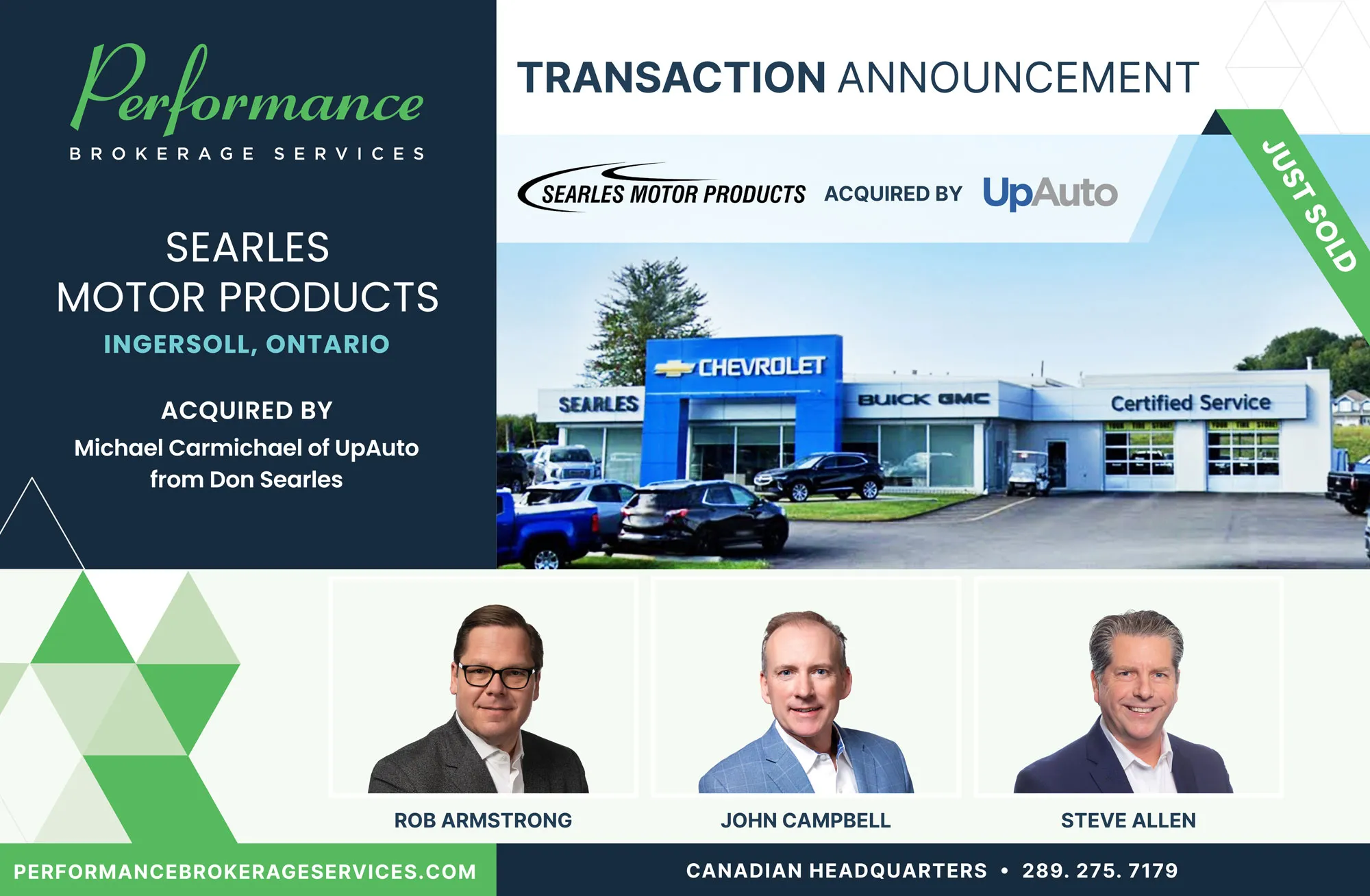Your answer might be at odds with the IRS
When you fix your fixed assets — that is, repair them — how should you account for them? Most business owners prefer to expense repairs and maintenance in the current period, because it saves taxes and simplifies the accounting. But the IRS might argue that your simple fix qualifies as a separate, depreciable fixed asset and may launch an audit of your tax return.
Here’s some guidance to help you make educated choices when accounting for repairs and maintenance spending.
Expensing is simple
The easiest way to account for repairs or maintenance on depreciable property — such as a service lift, garage door or showroom flooring — is to expense it right away. In simple accounting terms, you debit repairs and maintenance expense and credit cash (or a loan account if the repair is financed). When you expense a repair or maintenance item, the accounting treatment lowers your profit in the current accounting period. While expensing a repair makes your dealership appear less profitable to lenders and any investors, the upside is that it lowers your taxable income and, therefore, your tax bill.
IRC Sec. 162 allows dealerships to deduct routine repairs and maintenance expenses that keep their business property in good, efficient operating condition.
The IRS backs capital improvement
The IRS has another, more complicated plan for repairs and maintenance spending: You must capitalize them under Internal Revenue Code (IRC) Section 263(a). The IRS recently added treatment of repairs and maintenance spending to its list of Tier 1 issues — the items that garner the most attention during an audit. Capitalized costs increase fixed assets on your balance sheet. IRS rules allow you to deduct a portion of the capitalized cost over the improvement’s useful life. This deduction is called “depreciation expense.” Ultimately, the sum of the depreciation deductions will be the same as if you immediately subtracted the expenditure as a repair and maintenance expense, but there’s a timing difference. A capital improvement also affects your property’s tax basis, thereby lowering capital gains if you sell the property before the improvement has been fully depreciated. To complicate matters further, capitalized repair costs may create deferred tax liabilities on your balance sheet. These liabilities occur when dealerships use different depreciation methods for book and tax purposes. IRS rules permit companies to use accelerated depreciation methods, but Generally Accepted Accounting Principles (GAAP) lean toward straight-line depreciation methods to avoid artificial fluctuations in profits.
It all depends
To illustrate, suppose some wooden roof shingles over the showroom are damaged in a summer thunderstorm. Reshingling the roof with wooden shingles to match the existing color or using another type of shingle (if wood shingles aren’t available) qualifies as repairs and maintenance, according to the IRS. But redoing the roof with a maintenance-free composite material that has a 50-year useful life would need to be capitalized as a long-term improvement. The recovery period for nonresidential real property — such as a roof — is 39 years. Depreciation is straight line using the mid-month convention, which presumes an asset is put into service at the middle of the month it was acquired. So, a roof installed in June is allowed 6½ months’ depreciation in the first year.
If you spent $50,000 in June on a new composite roof, you could deduct only $695.50 in year 1, $1,282 in years 2 to 38 and $588.50 in year 39. This contrasts sharply with an immediate year 1 deduction for wood shingles. Bottom line? When fixing your fixed assets, it’s important to consider how your repairs will be classified under IRS guidelines.
Routine repairs can be expensed
IRC Sec. 162 allows dealerships to deduct routine repairs and maintenance expenses that keep their business property in good, efficient operating condition. Routine inspection and testing of service tools and equipment, for
example, can be expensed in the current period. Conversely, the IRS considers repairs and maintenance spending a capital improvement if it adds to an asset’s value, lengthens the duration that you can use an asset, or adapts an asset to a different use. As a rule of thumb, consider capitalizing any repair or improvement that will benefit your dealership beyond the next 12 months.
A pro can help
It’s not always easy to decide whether repairs and maintenance should be capitalized or expensed. But the IRS will definitely scrutinize
this line item on your dealership tax return. And you’ll bear the burden of proving your repairs and maintenance deductions. So, it makes sense to consult an accounting professional if
you have questions.Your CPA can review past and current classifications of repairs and maintenance costs, document your expense deductions with repair cost studies, and identify weak spots in existing documentation. He or she also can handle the mechanics of depreciating capital improvements, freeing up your time for daily operating tasks.
Dennis Frankeberger is a partner with Frankeberger Vausher + Company, CPAs which is located in Chino Hills. He can be reached at 909-597-1100 or at FV@FVCPAs.com.


